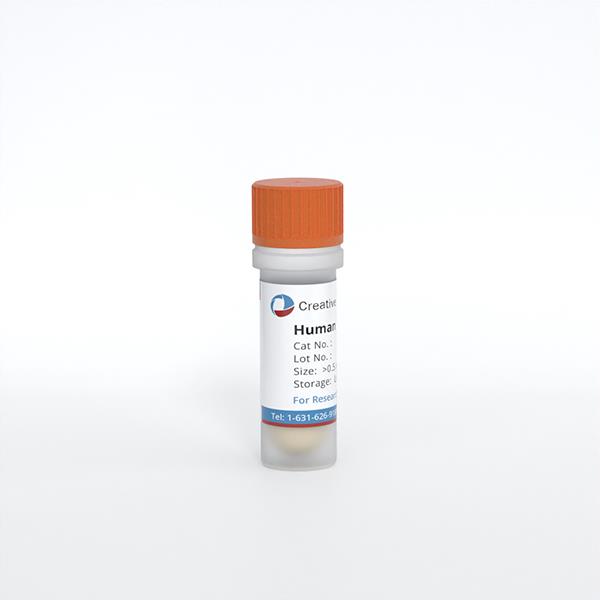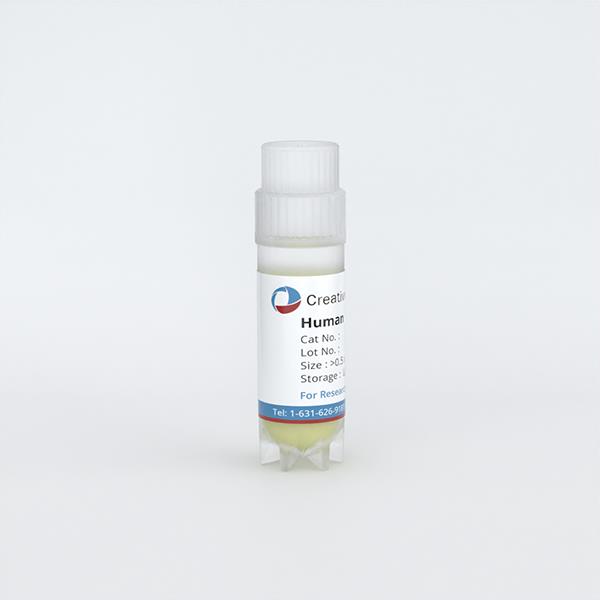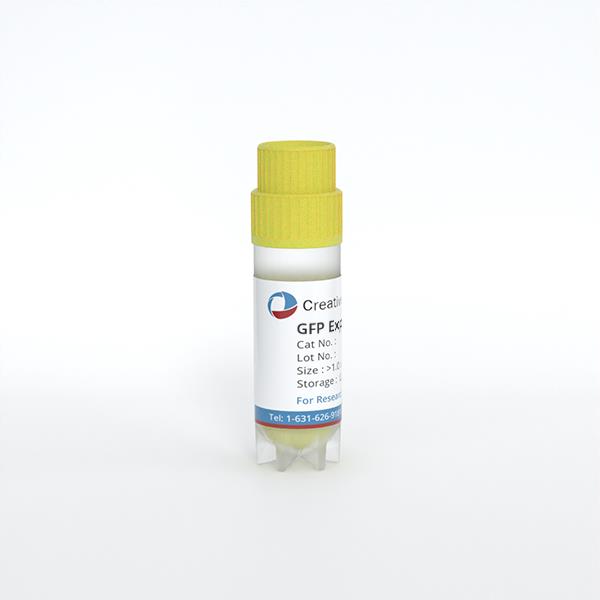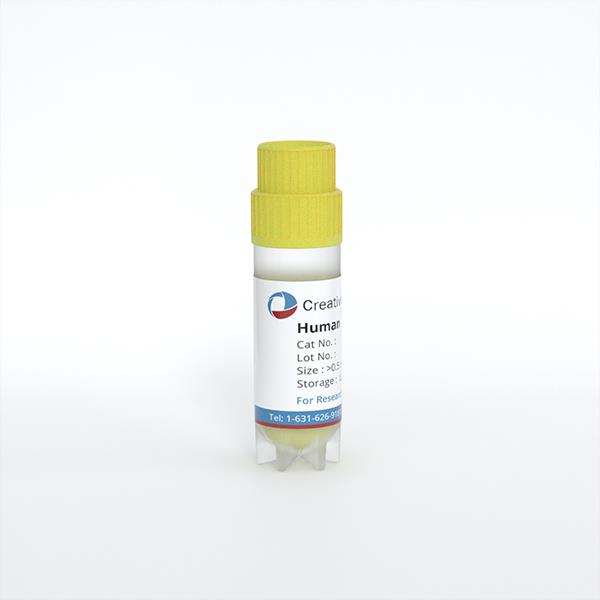
Human Hypertension Vein Smooth Muscle Cells
Cat.No.: CSC-C5009J
Species: Human
Source: Vein
Cell Type: Smooth Muscle Cell
- Specification
- Q & A
- Customer Review
Never can cryopreserved cells be kept at -20 °C.
Firstly, observe with naked eyes whether the culture medium becomes turbid, if it becomes turbid, it is basically certain that it is contamination. If the culture medium does not become turbid under naked eyes, observe under the microscope whether the size and shape of the black dots are regular, and whether they are moving, whether they are doing Brownian motion or are they moving in a straight line rapidly. If the black dots are irregular in size and Brownian motion, the black dots may be cellular debris (which may be caused by poor cellular status or over digestion), or protein precipitation caused by repeated freezing and thawing of serum, or cellular metabolites. If the black dots are uniform in size and move rapidly, they are likely to be bacterial contamination.
Ask a Question
Average Rating: 5.0 | 1 Scientist has reviewed this product
Wonderful
I recommended the product to some of my classmates and they also found it very good.
19 Nov 2021
Ease of use
After sales services
Value for money
Write your own review
- You May Also Need


